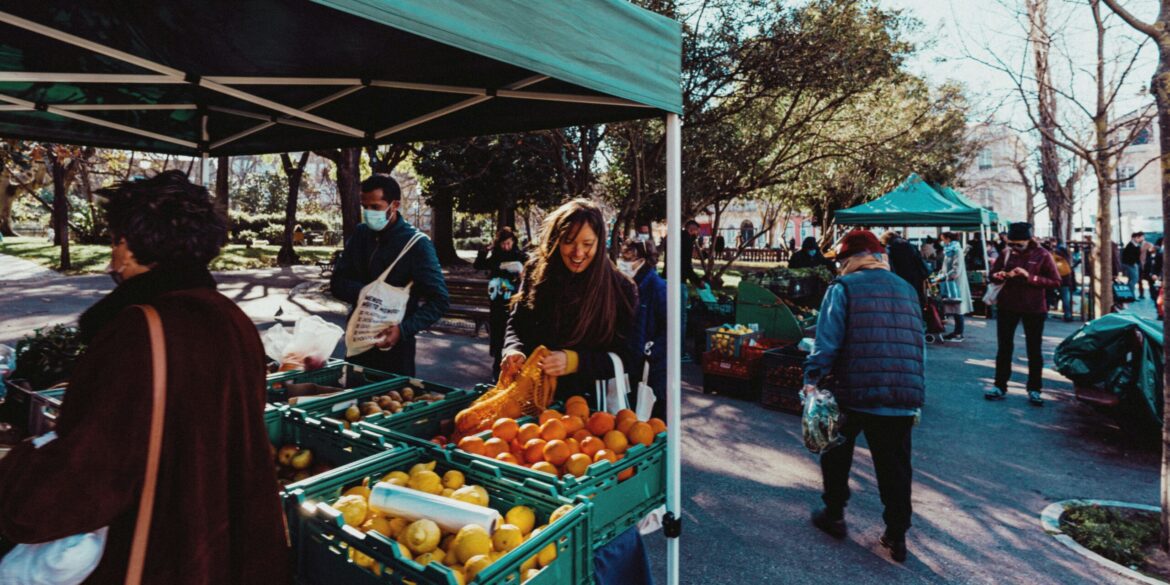Los Angeles debuted a new initiative aimed at reconnecting urban residents with their agricultural roots through a city-wide series of community pop-up markets. The inaugural “Urban Harvest” market opened in a local park, drawing in families, food lovers, and sustainability enthusiasts eager to engage with small-scale Southern California growers, artisanal food producers, and urban farming advocates. The initiative, launched with the goal of highlighting both the city’s agricultural heritage and modern innovations in sustainable living, is slated to continue weekly throughout the fall season, rotating through different neighborhood parks across the Los Angeles region.
The event’s opening day was marked by an energetic and welcoming atmosphere. Visitors meandered through rows of stalls offering fresh fruits and vegetables, handcrafted preserves, organic teas, microgreens, and locally-sourced honey. Many of the vendors operate within Los Angeles County or adjacent agricultural zones, representing the diversity and richness of California’s local food economy. Attendees were able to purchase produce that had been harvested just hours before, speak directly with the people who grew it, and learn about the challenges and rewards of small-scale farming in an increasingly urbanized landscape.
Organizers of the Urban Harvest market series emphasize the importance of celebrating the land’s legacy. Los Angeles, often seen as a sprawling metropolis of cars and concrete, was once a robust agricultural hub with fertile soil and a temperate climate that supported orchards, vineyards, and farms. While much of that land has been paved over or developed, a resurgence in urban agriculture—from backyard gardens to rooftop plots to community co-ops—is reviving some of that lost legacy. The pop-up market serves as both a celebration and a call to action, encouraging residents to consider how food is grown, where it comes from, and the systems that shape what ends up on their plates.
In addition to farm-fresh produce, the market featured live cooking demonstrations, beginning with a complimentary showcase at 10 a.m. where a local chef prepared a seasonal meal using ingredients sourced directly from market vendors. These demonstrations are intended not only to inspire home cooking but also to educate audiences on the nutritional and economic benefits of eating locally. Workshops on composting, container gardening, and water-efficient growing methods were also held throughout the day, many of which were tailored for children and families.
One of the most popular elements of the opening event was the children’s education zone, where young visitors could engage in planting activities, soil experiments, and interactive storytelling about pollination and plant cycles. For parents and educators, this offered a rare hands-on opportunity to supplement classroom learning with direct environmental engagement. Several families noted that their children left with a better understanding of where food comes from—and some with dirt still under their fingernails.
To ensure accessibility and community integration, each weekly market will take place in a different neighborhood park, particularly those in areas identified as “food deserts” or underserved in terms of fresh produce access. Organizers aim to build community connections by bringing markets directly into local communities rather than concentrating them in central or high-income areas. In doing so, Urban Harvest hopes to not only promote healthy eating habits but also to foster a sense of shared investment in urban greening and local economies.
Early feedback from attendees was overwhelmingly positive. Many described the event as vibrant, informative, and refreshing—a break from supermarket shopping and an opportunity to connect with both neighbors and nature. Vendors expressed enthusiasm about meeting customers face-to-face, discussing farming techniques, and building longer-term relationships with the community. For many of these growers, direct sales not only offer better profit margins but also allow them to share stories behind their produce, from seed selection to harvest.
Transportation and environmental impact were also top of mind for event organizers. Recognizing the challenges of traffic and parking in Los Angeles, visitors were encouraged to use public transportation, bicycles, or rideshare services. Some park sites were selected specifically for their accessibility via metro lines or local bus routes. Additionally, the market organizers have committed to sustainable practices, including zero-waste goals, reusable serving ware, and composting stations at every location.
As the Urban Harvest series unfolds over the coming weeks, the potential impact on local food systems and neighborhood engagement is substantial. Beyond offering fresh fruits and vegetables, the initiative represents a model of community resilience, education, and health advocacy. In a time when global supply chains and industrial agriculture dominate food access conversations, Los Angeles is turning its attention inward—toward its parks, gardens, and growers—to nourish not only bodies but also relationships between people and the land they inhabit.
For residents of Los Angeles, the Urban Harvest market series is more than just a seasonal attraction. It’s a chance to rethink food as a communal experience, grounded in place, tradition, and innovation. It’s also a reminder that even in a vast urban landscape, the seeds of change can be planted locally—and that, with care and intention, they can grow into something that feeds everyone.
Read Also: https://socaljournal.com/southern-california-embraces-fall-with-pumpkin-patch-festivities/

